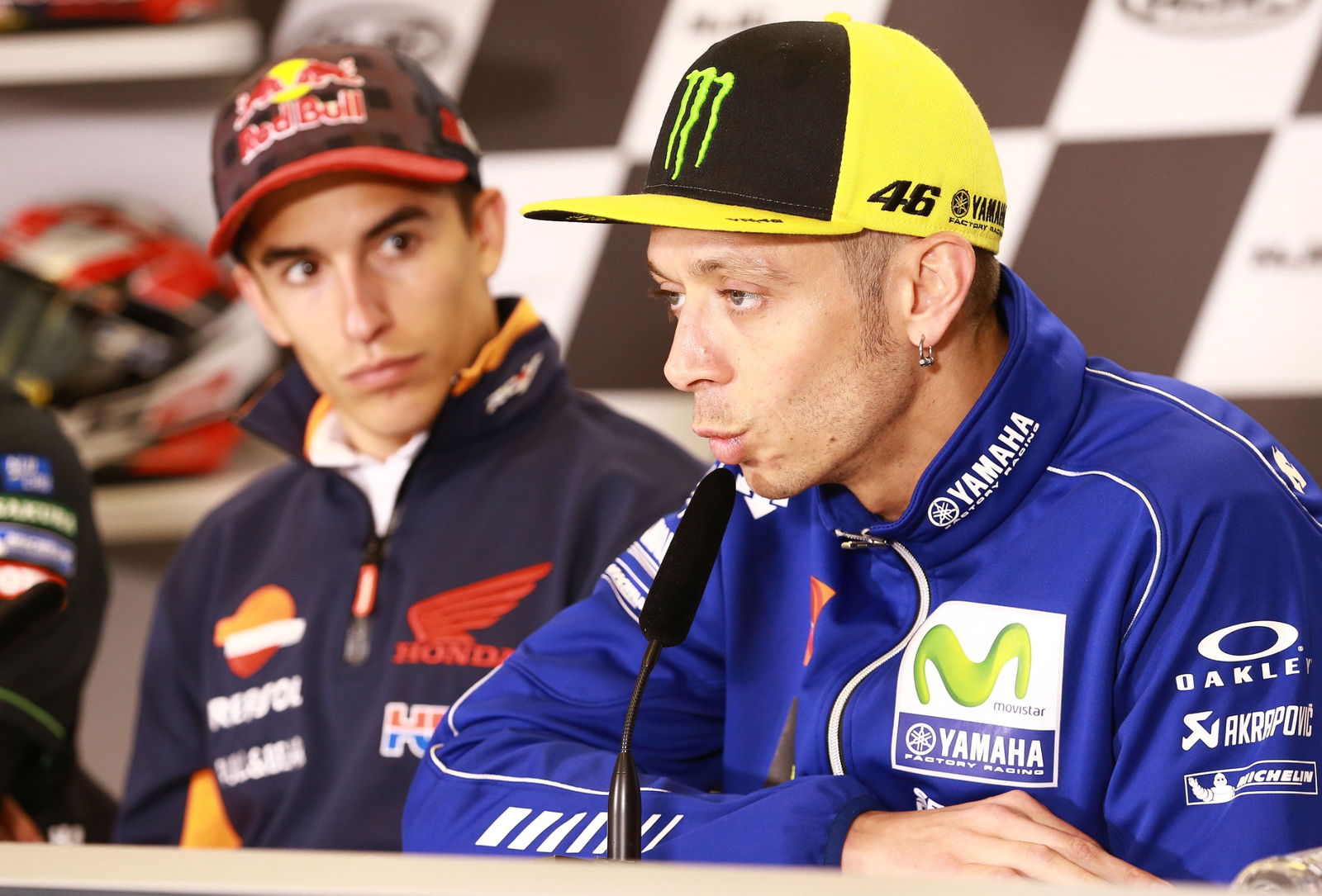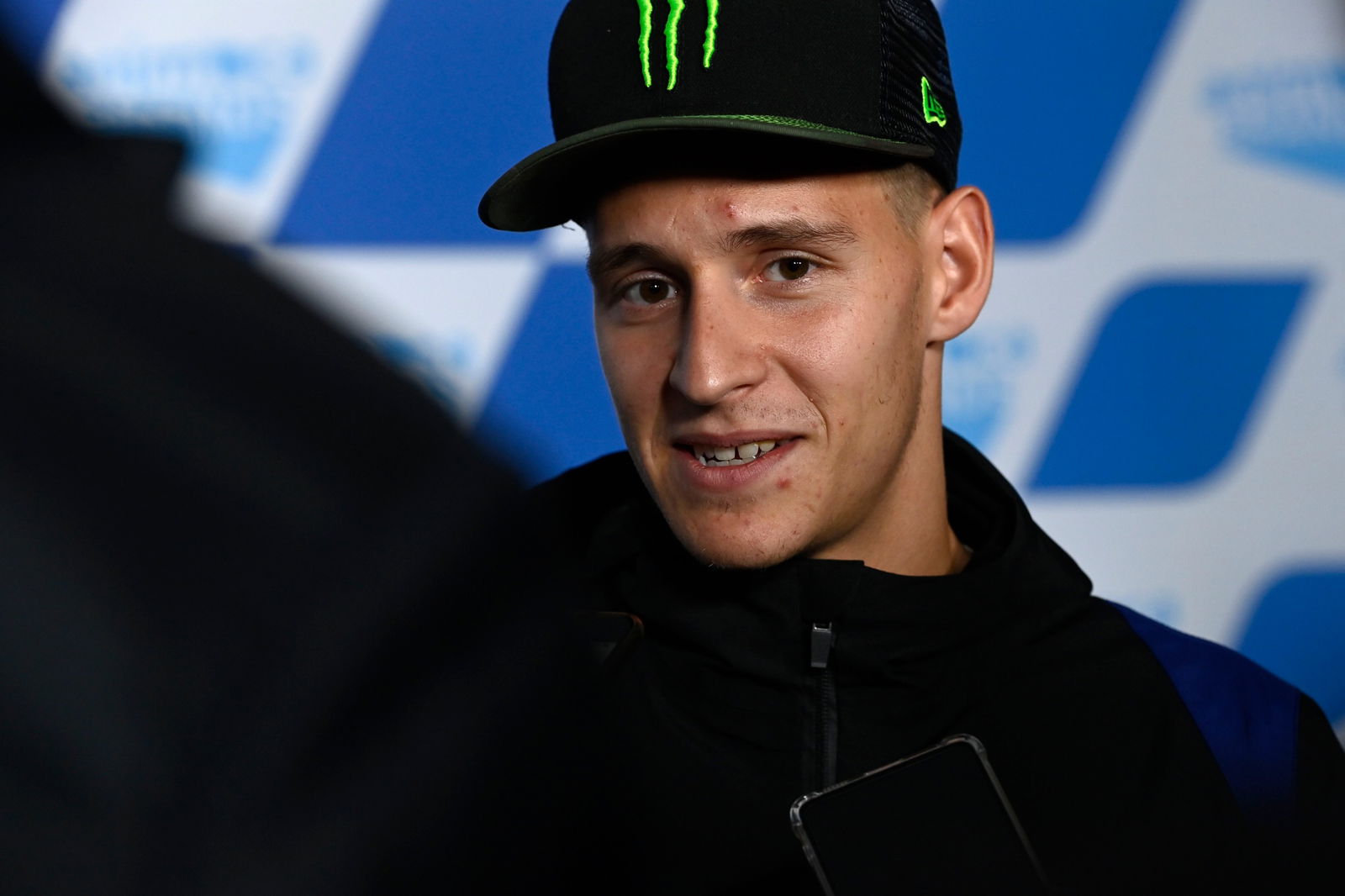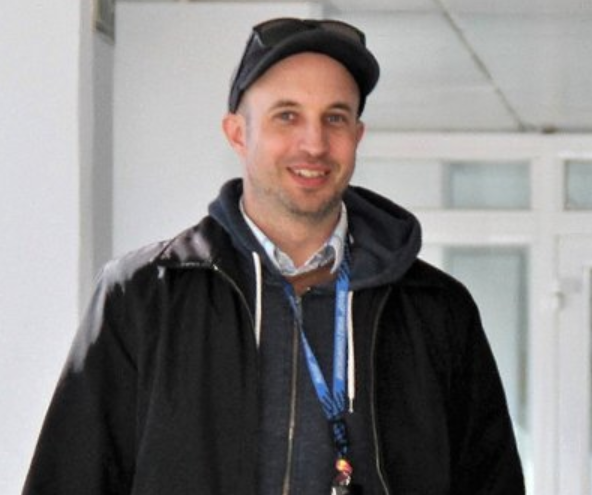‘Power, please!’ - Yamaha to Marmorini after ’22 MotoGP engine glitch, no V4 switch

"The request I have is easy: I need more top speed!" Quartararo repeated on the eve of February’s pre-season test at Sepang.
But when he was handed the latest specification M1 the following day, the Frenchman was left disappointed.
"[The engine felt] really similar to be honest," concluded Quartararo, who was ranked around 19th through the Sepang speed trap.
Knowing it was too late for any further changes to be made, Quartararo put a brave face on the situation:
"Of course, I wanted more horsepower. [But] if you have no power, you adapt, like I did in the past."
Fears of taking a knife to a gunfight were confirmed by a lowly ninth place in the Qatar season-opener. But if Quartararo’s title defence looked bleak, Ducati’s engine was also causing unexpected issues.
Upgrades for the GP22’s powerplant left the likes of reigning title runner-up Francesco Bagnaia scrambling for a set-up in the early rounds. And while Quartararo put Qatar behind him and morphed into a highly effective ‘adapt’ mode, making the most of what he’d got, Bagnaia’s woes were compounded by errors and incidents, leaving the Italian a colossal 91 points behind by Sachsenring.
It looked like a lost cause, but the GP22 was now unleashing its full potential. While Quartararo only stood on the podium twice in the following ten rounds, Bagnaia ironed out the mistakes and romped to five wins and eight rostrums, putting him on top of the world championship with three rounds to go.
Quartararo kept the title chase mathematically alive until Valencia but was ultimately caught 17 points short.
“It's been a full-on season in many ways - on the track and off the track as well,” Yamaha Racing managing director Lin Jarvis told Crash.net.
“We started the year knowing we were not going to get the significant upgrade of power, speed and performance that we had hoped for.”
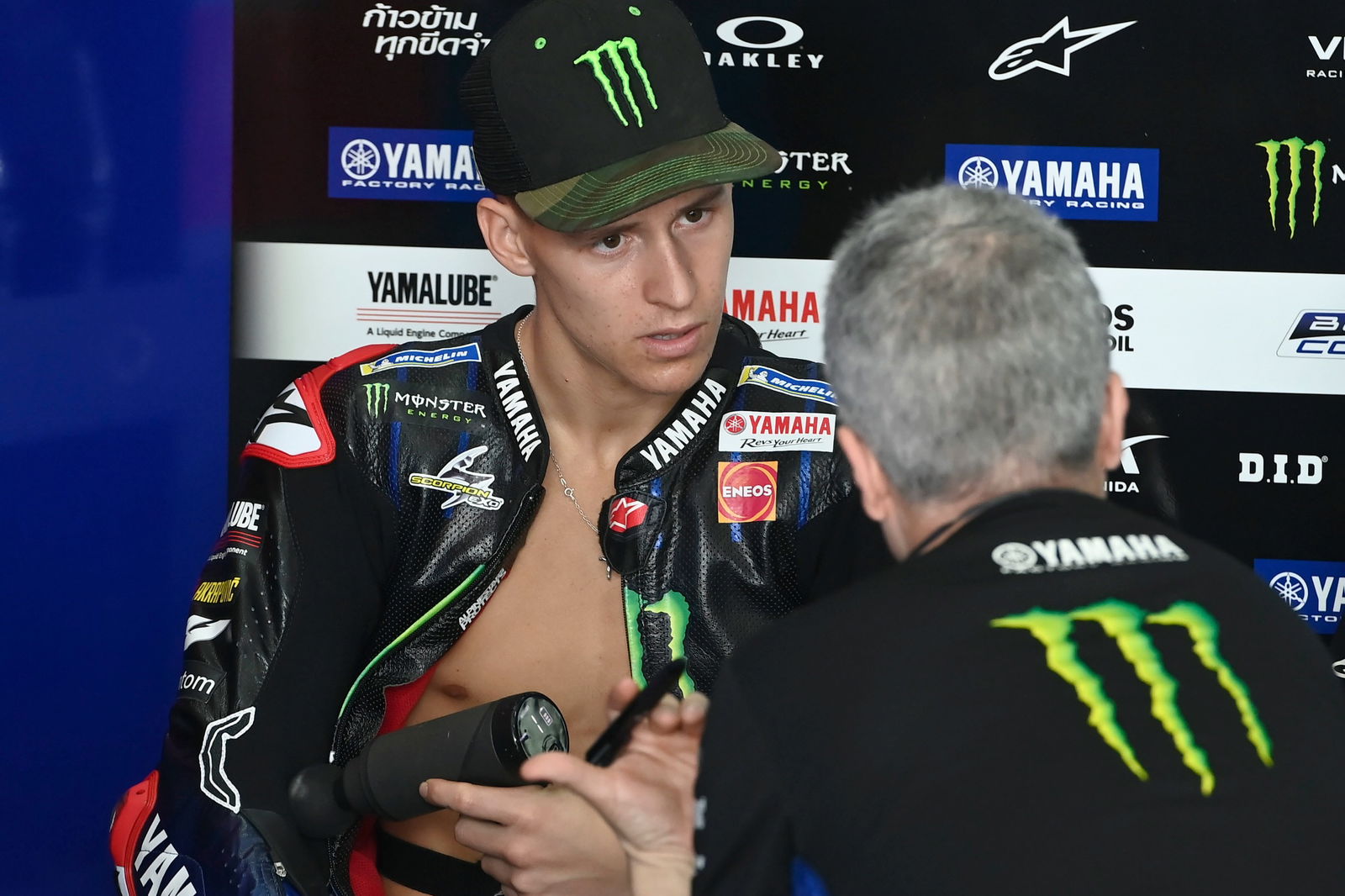
What happened to Yamaha’s 2022 engine upgrades?
The covid pandemic prompted MotoGP to introduce an engine design freeze for the 2020 and 2021 seasons.
Yamaha’s engine programme was then rocked by much-publicised valve problems at the Jerez season-opener, a fix for which - without breaching the technical freeze - became its top priority for 2021.
With the freeze at an end, the engine development “floodgates” were opened for 2022. But in Yamaha's case, it didn’t go to plan.
“With Covid, we were stuck for effectively two seasons where we had the engine freeze. So that meant we couldn’t make upgrades in ‘21,” Jarvis confirmed. “Then in ‘22 you basically open the floodgates.
“We were very busy developing a ’22 engine with a different level of performance in horsepower.
"Finally, however, it's always a matter of evaluating the performance gain versus the reliability factor, and if you don't have reliability 100% guaranteed then you need to hesitate.”
With a question mark over the reliability of the planned upgrades - and the 2020 valve nightmare still fresh in its memory - Yamaha took the conservative approach.
“Basically at that moment we took a decision that we wanted to avoid any risk, and so we decided to, shall we say, not use the same [2021] engine, but we decided to stay with a conservative level of performance [in 2022] in order to be sure that we would retain the reliability,” Jarvis explained.
“So that's really what happened.”
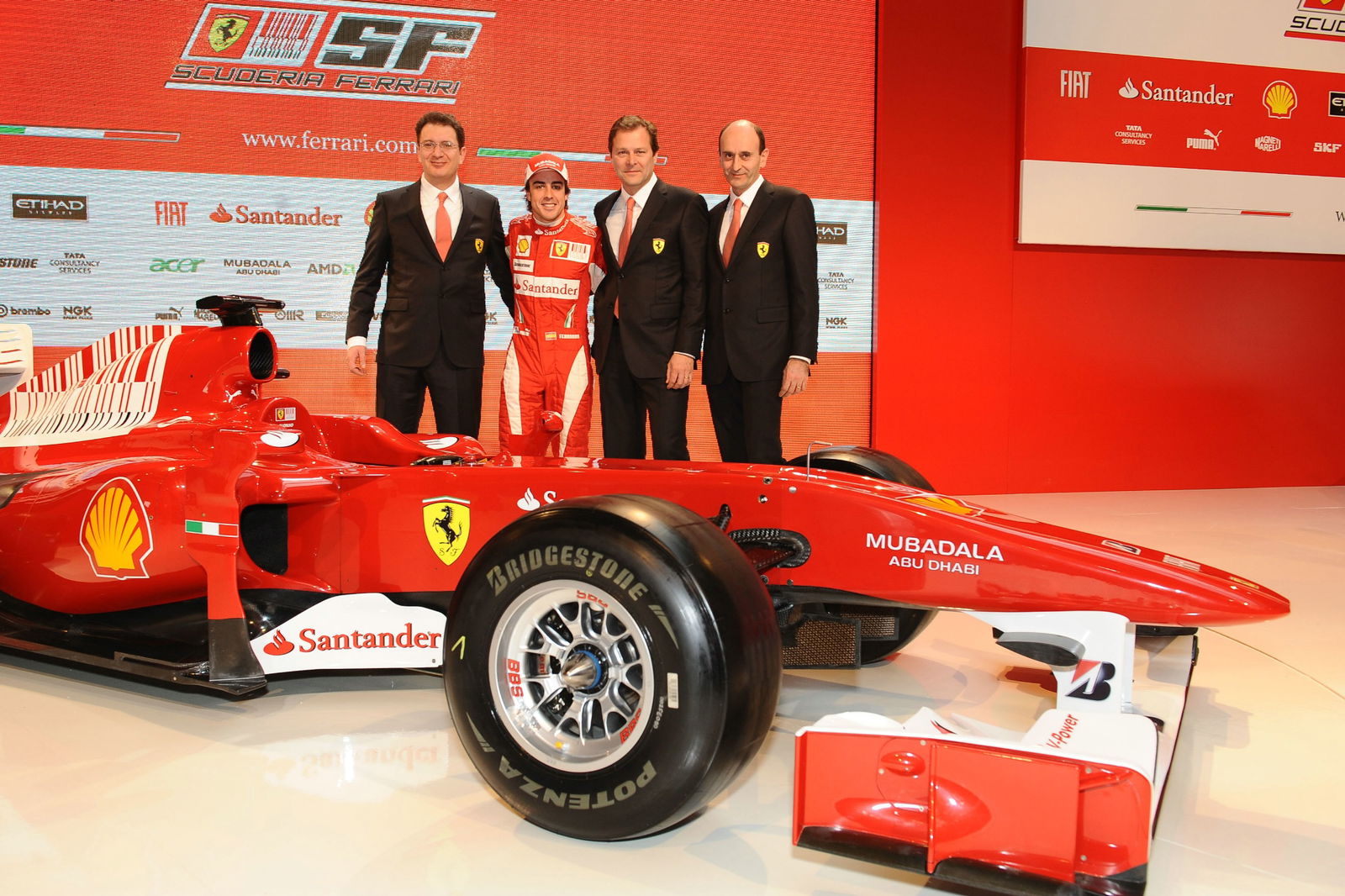
Luca Marmorini, right, pictured at the 2010 Scuderia Ferrari F1 launch at Maranello, Italy.
Yamaha calls in Luca Marmorini
While the neutered 2022 engine was a disappointment for Quartararo and Yamaha’s MotoGP project, it sparked a series of major changes for 2023 and beyond.
“After that decision was taken - it all happened more or less at the same moment - we understood that we needed to change the way that we approached engine design and development for the future,” Jarvis said.
“That's when we began the contract with Luca Marmorini and the team of Italian engineers. We changed our organisation inside Japan by integrating with this Italian engineering group. The target being to make a big step for the next year.”
‘Power, please!’
Asked what the brief given to ex-Ferrari and Toyota F1 engine designer Marmorini had been, Jarvis quipped: “Power, please!”
The Englishman added: “The first thing they had to do is to understand what we have. Because [the package] we already have is at a very, very high level; second in the championship and leading for most of the year.
“Even despite the lack of performance, maybe, that we have been facing – we were in the game, competitive.
“So you need to understand exactly and precisely what you have and then look at each and every area, using our expertise and their external viewpoint, to find what we can do to improve upon that already high level.
“I'm not an engineer, so I can't really go into all of the details even if I understand most of it, but there are many areas and many different things you can do to extract the maximum performance from an engine.
“That’s what they’ve been busy with more than anything else; looking at each and every area and trying to optimise it for the future.”
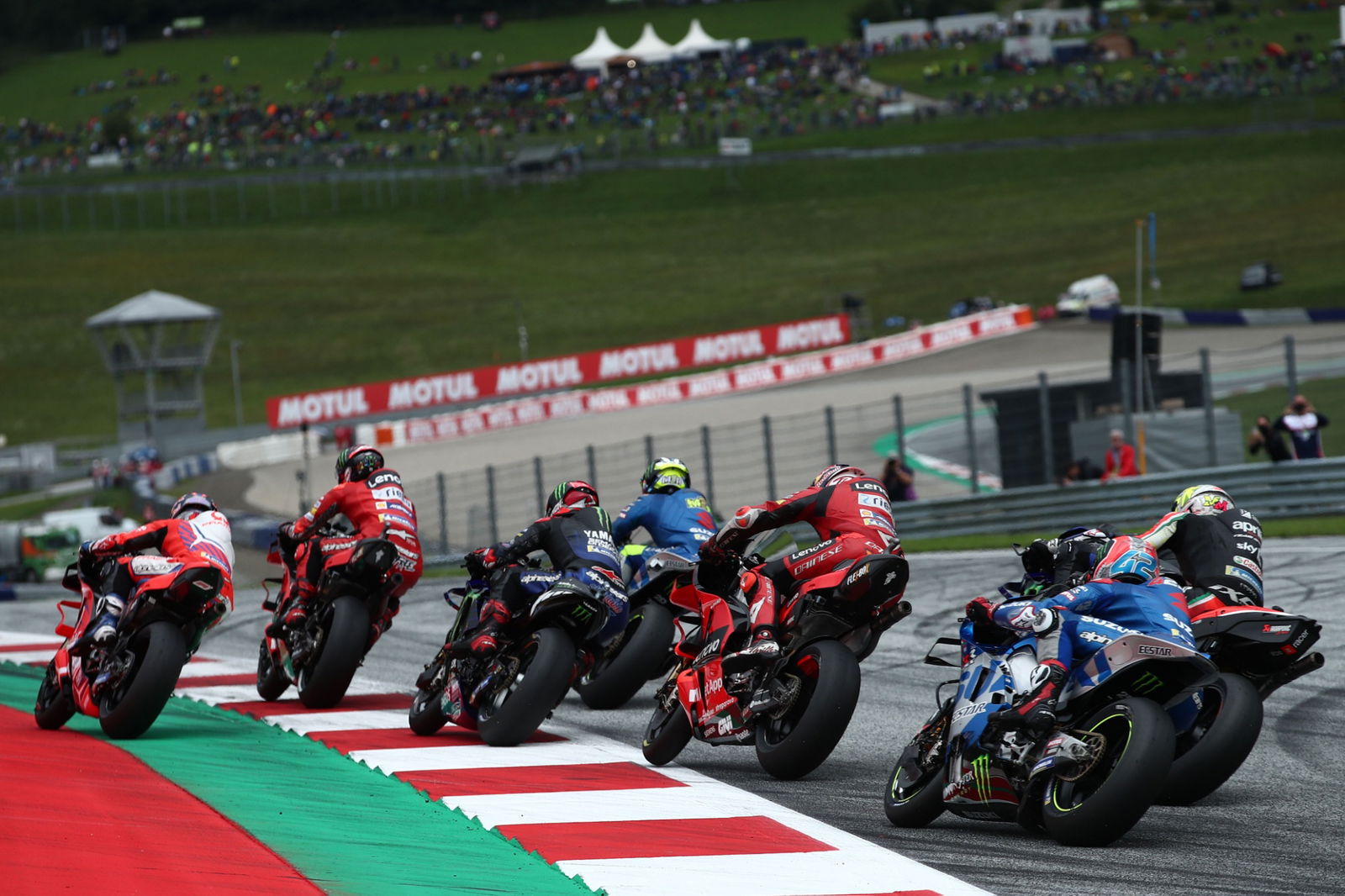
‘We've decided to stick with the Inline 4’
With Suzuki leaving MotoGP, Yamaha will be the only manufacturer using an Inline 4 rather than a V4 engine configuration.
The often-repeated mantra in MotoGP is that the V4 produces more power and Inline 4 offers more corner speed.
That is broadly reflected by the performance of the current grid, although Suzuki extracted strong top speed from its GSX-RR this season. Some prominent engineers also point out it's better to stick with what you know and that performance is as much to do with design philosophy (do you prioritise power or handling) rather than the configuration.
That's also the conclusion reached by Marmorini and Yamaha.
“We've decided to stick with the Inline 4,” Jarvis said. “With Suzuki stepping out we're the only manufacturer to continue with it, but we have a lot of knowledge and expertise with the Inline 4 and in our opinion, it's not the format of the engine that is the restriction.
“Of course, each engine type has different characteristics. But the Inline 4 per se still has quite a bit of room for further development. So that's what we're busy with at the moment.”
Power is king in F1, but the challenge for Marmorini and Yamaha will be to generate enough acceleration and top speed for Quartararo and co. to hold their own against the likes of Ducati on the straights, without losing more than they gain in the corners.
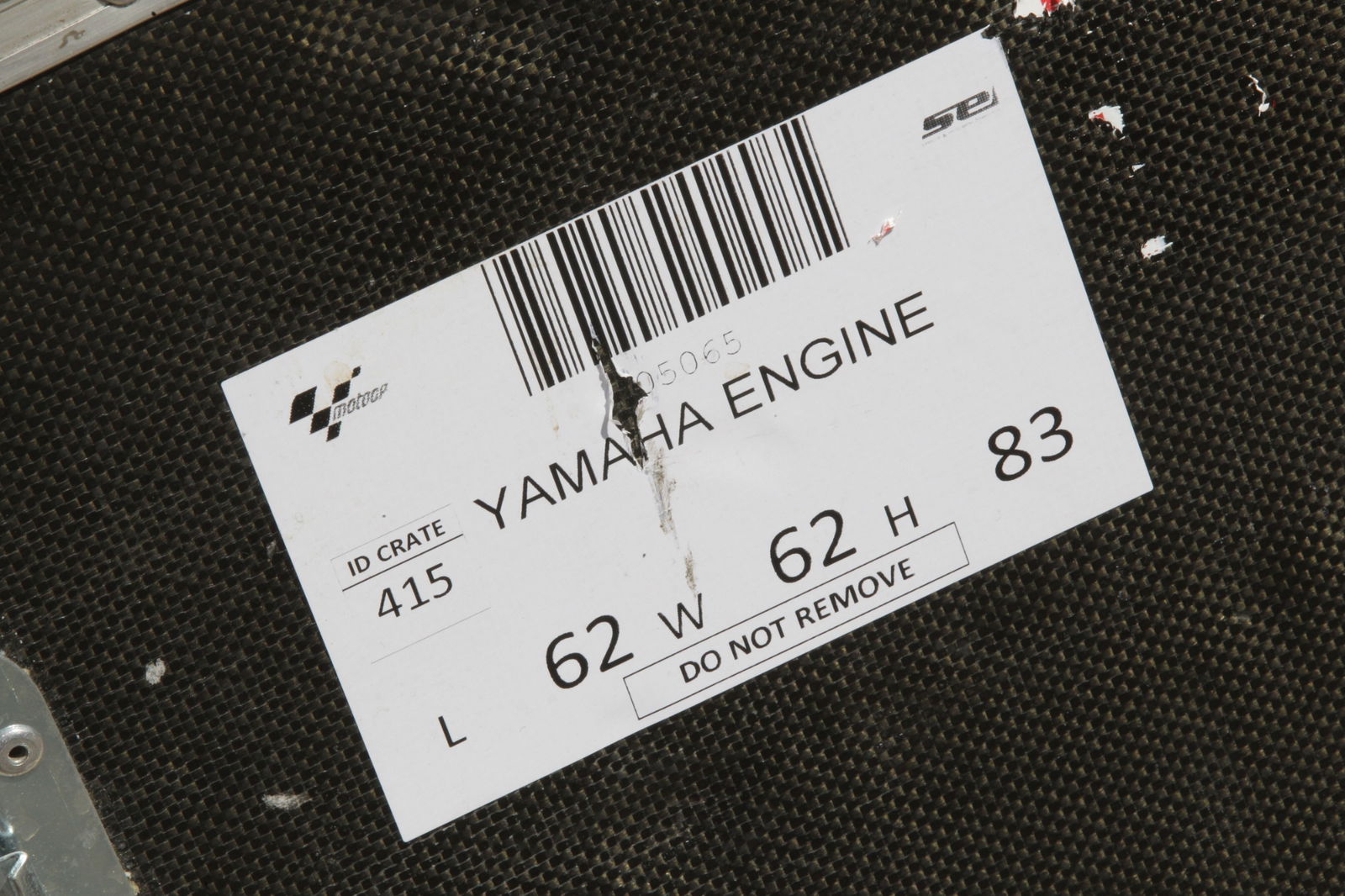
‘Final generation of 2023 engine will come at Sepang’
Top speed-wise, the initial signs from the new engine were promising at several different circuits, although test rider Cal Crutchlow hinted at some other issues appearing as a consequence of the extra power.
“We did a test after Misano [in September], Fabio and Frankie rode the new spec and they were quite enthusiastic,” Jarvis said. “We never know what our competitors are going to do, but I think our development is definitely in the right direction.”
But Yamaha engineers were then left scratching their heads when the previous power boost failed to materialise when Quartararo and Morbidelli tried the latest generation engine at last month’s Valencia test.
The factory now has until February’s next Official outing in Malaysia to solve that riddle and define the 2023 design.
“The final generation of next year's engine will come at Sepang,” Jarvis said. “So we still have three to four months to continue to develop and perfect the engine.”
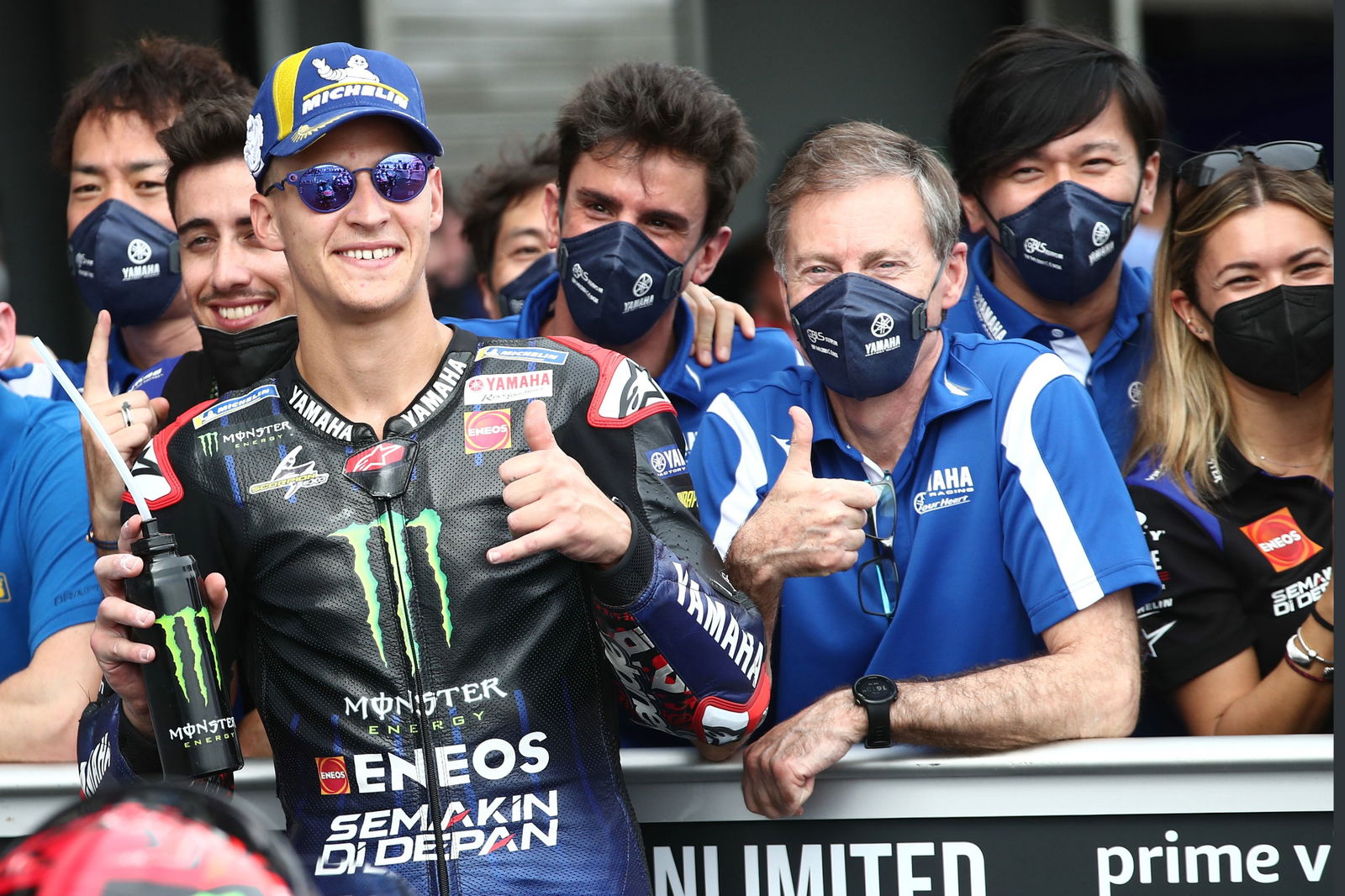
Fabio riding ‘on and above the limit’
With Quartararo the only M1 rider to finish a dry race inside the top nine this season - winning three times, among eight podiums and leading much of the world championship - Jarvis acknowledged that the 23-year-old needs to be given more of a fighting chance.
“We need that [engine performance], and Fabio needs it,” Jarvis said. “He's been riding on and above the limit a lot this year to be competitive. Using all of his skills. But that's hard work as well.
“Most people would evaluate the Ducati to be the most complete package on the grid at the moment, and when there's eight of them, it's really, really tough. So we need to create a better package to allow more margin and to allow us to fight during a race.”
At least one Ducati finished on the podium in every grand prix last season, including 12 victories, on their way to a clean sweep of the riders’, teams’ and constructors’ titles.
As well as being the only Inline 4s on next year's grid, Yamaha will be the only manufacturer without a satellite team, after RNF switched to Aprilia.
